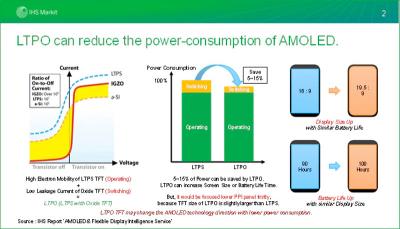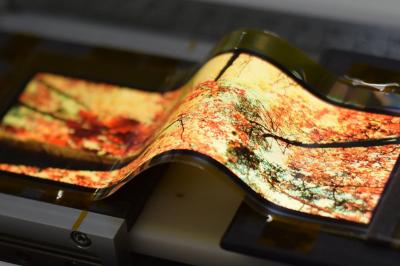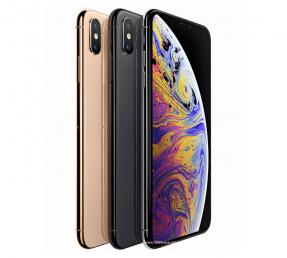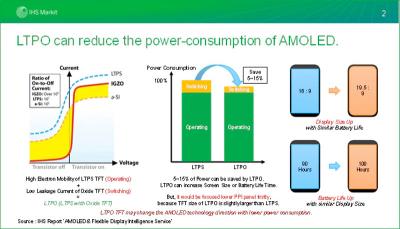Apple announces its 2019 iPhone and Watch lineup
Yesterday Apple announced its 2019 iPhone and Watch Lineup - with all the devices but one with OLED displays. We'll start with the iPhone 11 Pro which uses a 5.8" notch-type 2436x1125 (458 PPI) AMOLED display and features Apple's latest A13 Bionic chip, 64/256/512GB of storage, a triple camera setup, HDR, FaceID - and is water and dust resistant.

The iPhone 11 Pro Max is quite similar, but it offers a bigger display - a 6.5" 2688x1242 AMOLED (same PPI - 458). Both phones will ship on September 20. The iPhone 11 Pro starts at $999 while the iPhone 11 Pro Max starts at $1,099.








